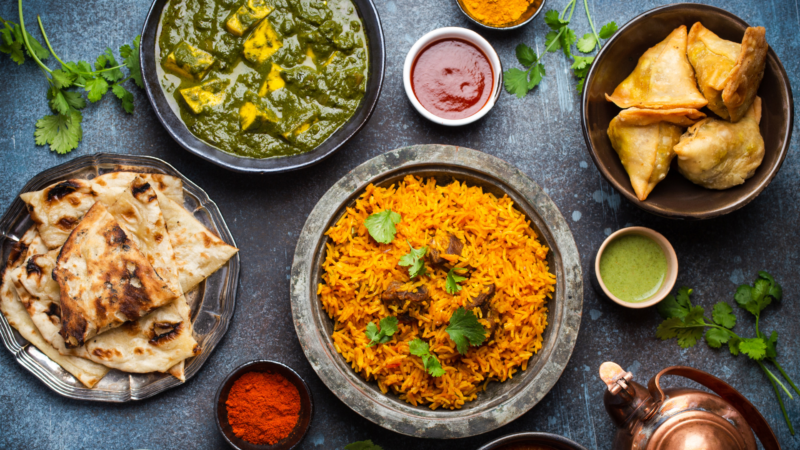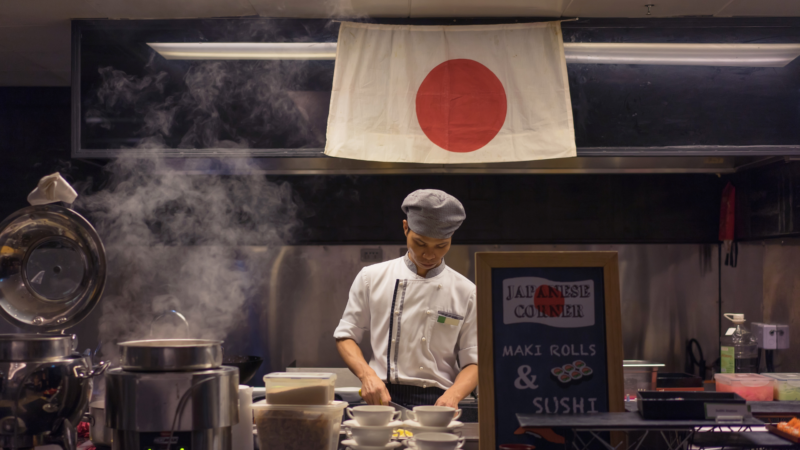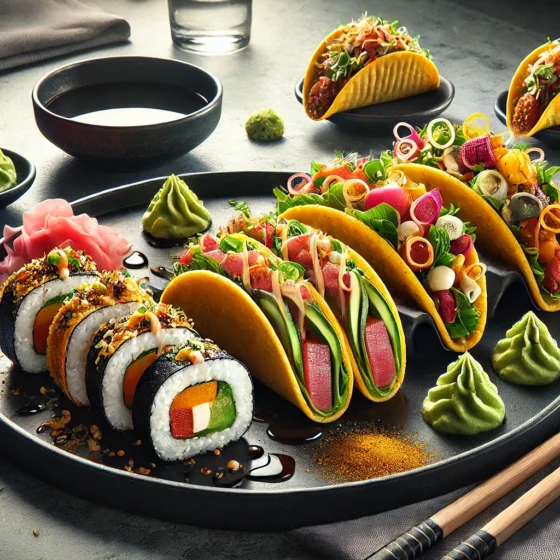The concept of authentic food meaning has gained significant attention in recent years, reflecting a growing interest in culinary traditions and cultural preservation. As globalization continues to shape our world, many individuals seek a deeper connection to their heritage through food. This quest for authenticity in cuisine has an influence on not only personal dining experiences but also the broader food industry and cultural landscape.
To explore the authentic food meaning, one must consider various aspects of culinary traditions, from traditional recipes to authentic flavors. The notion of authenticity in food extends beyond mere taste, encompassing the techniques, ingredients, and cultural context that shape a dish. This article aims to examine the cultural significance of authentic foods, define authenticity in the culinary world, address the challenges of maintaining food authenticity, and discuss how to honor tradition while embracing culinary evolution.
The Cultural Significance of Authentic Food
Authentic food plays a crucial role in preserving and promoting cultural identity. It serves as a tangible link to history and heritage, reflecting a community’s traditions, values, and way of life. The significance of authentic cuisine extends far beyond mere sustenance, encompassing the techniques, ingredients, and cultural context that shape a dish.
Preserving culinary heritage
Traditional recipes are the building blocks of culinary heritage, passed down through generations to preserve not only flavors but also cultural significance. These recipes often carry deep symbolic meaning and are closely tied to religious traditions, social class, and dietary customs. By sharing authentic recipes and the stories behind them, food bloggers and cultural organizations play a vital role in keeping these traditions alive.
Connecting to roots and traditions
Authentic food serves as a powerful connection to one’s roots and ancestors. It often reflects a culture’s terroir, climate, mentality, and social constructs. For example, in Honduras, traditional dishes incorporate indigenous ingredients, celebrating cultural identity and heritage. Similarly, Italian cuisine centers not only on taste but also on sharing meals with loved ones and taking pride in culinary heritage.
Expressing cultural identity through cuisine
Food is an integral part of cultural expression and identity. It often becomes immediately identifiable with its country of origin. In Japan, for instance, the preparation and presentation of traditional dishes like sushi and tempura are considered an art form, reflecting the culture’s emphasis on simplicity, elegance, and respect for nature. Similarly, Middle Eastern cuisine is deeply intertwined with cultural rituals and traditions, with chefs ensuring the essence and spirit of the cuisine is maintained.
To keep authentic food traditions alive, it is crucial to educate future generations. This can be done through cooking classes, workshops, and family traditions that pass down recipes and techniques. By exploring and experiencing authentic cuisines, individuals can connect with their collective identity and keep their culture thriving amidst globalized influences.
Defining Authenticity in the Culinary World
Authenticity in the culinary world is a complex concept that goes beyond mere taste. It encompasses the ingredients, techniques, and cultural context that shape a dish. At its core, authenticity is about category membership – whether a dish truly belongs to the culinary tradition it claims to represent.
Traditional ingredients and cooking methods
Authentic cuisine relies heavily on traditional ingredients and cooking methods. For instance, in Chinese cuisine, the use of specific ingredients like black vinegar and Sichuan peppercorns is crucial for creating authentic flavors from the Sichuan province. Traditional cooking methods, passed down through generations, play a vital role in preserving the essence of a dish. These methods often involve techniques that may seem unconventional to outsiders but are integral to the dish’s authenticity.
Regional variations and adaptations
Authenticity in cuisine allows for regional variations and adaptations. Diasporic populations often modify traditional dishes due to ingredient availability or to suit new market tastes. For example, Chinese-American cuisine has evolved into its own tradition, with dishes like General Tso’s Chicken being authentic within the context of Chinese-American food culture. This flexibility in authenticity accommodates the natural evolution of cuisine while maintaining its cultural roots.
The role of family recipes and techniques
Family recipes and techniques play a crucial role in defining culinary authenticity. These recipes often serve as a link to cultural heritage and family history. For instance, making a great-grandmother’s cabbage rolls can preserve Prussian heritage, while a grandmother’s Jello cranberry dessert reflects a specific era in American history. The passing down of these recipes helps maintain family traditions and cultural identity. Interestingly, authentic family recipes often allow for personal touches, with slight variations in ingredients or techniques making each cook’s version unique.
The Challenges of Maintaining Food Authenticity
Globalization and ingredient availability
Maintaining food authenticity in a globalized world poses significant challenges. The availability of authentic ingredients is often limited outside the region of origin, making it difficult to replicate traditional dishes. For instance, Cajun cuisine relies on specific ingredients closely associated with the Acadiana region, and finding genuine Cajun products outside this area can be challenging. Even with certifications like ‘Certified Cajun‘ from the Louisiana Department of Agriculture and Forestry, products may not match the quality of those used by local Cajuns.
Adapting to local tastes and preferences
Global brands face the challenge of maintaining consistency while adapting to local tastes. Many international brands have struggled to strike this balance in markets like India. For example, Nestlé’s Maggi attempted to introduce healthier ‘whole wheat’ noodles, but the original, less healthy version still dominates with over 90% of sales. This demonstrates that while health is important, food must primarily satisfy taste preferences.
Balancing tradition with innovation
Preserving culinary traditions while embracing innovation is a delicate balance. Chefs and restaurateurs often create fusion dishes or entire fusion cuisines, blending traditional elements with modern techniques. This trend has accelerated due to globalization, with chefs like Wolfgang Puck combining European heritage with Asian flavors. However, it’s crucial to respect the roots of traditional cuisine while innovating. Successful modern restaurants carefully manage their menus, introducing new dishes with innovative twists while preserving classic favorites. This approach ensures that both loyal customers and adventurous diners find something to savor.

Embracing Culinary Evolution While Honoring Tradition
Fusion cuisine and cultural exchange
Fusion cuisine represents a delicate balance between innovation and tradition. It challenges culinary boundaries, creating unique flavor profiles that combine elements from different cultures. For instance, sushi burritos blend Japanese and Mexican cuisines, offering a novel culinary experience. This cultural exchange can foster a greater understanding and appreciation of diverse culinary traditions.
Modernizing classic dishes
Chefs often modernize classic dishes while respecting their roots. For example, banh mi sandwiches with a French twist combine Vietnamese ingredients with French bread, creating a harmonious fusion. However, it’s crucial to approach fusion with sensitivity and respect for the culinary traditions being combined. Chefs should strive to find commonalities between cuisines and build upon them to create balanced fusion dishes.
Preserving authenticity in a changing world
Preserving authenticity in a globalized world poses challenges. Authentic cooking involves using fresh, locally sourced ingredients and respecting traditional food preparation methods. It plays a vital role in preserving cultural heritage and passing traditions to future generations. However, the concept of authenticity is complex and can vary depending on context. For instance, Chinese-American cuisine has evolved into its own tradition, with dishes like General Tso’s Chicken being authentic within that context.
Ultimately, the balance between innovation and tradition in cuisine is determined by the customer. They decide whether a chef has respectfully balanced their training with local cuisine. This approach allows for culinary evolution while honoring the essence of traditional dishes.
Conclusion
The exploration of authentic food meaning sheds light on the deep-rooted connection between cuisine and cultural identity. This journey through culinary traditions has an impact on personal experiences, the food industry, and our cultural landscape. The challenges of maintaining authenticity in a globalized world are balanced by the opportunities to innovate while honoring tradition, creating a dynamic culinary scene that respects its roots.
In the end, the quest for authentic food is about more than just taste—it’s about preserving heritage, connecting with one’s roots, and expressing cultural identity. As we continue to navigate the ever-changing food landscape, it’s crucial to strike a balance between innovation and tradition. This approach allows us to savor the flavors of the past while embracing the culinary possibilities of the future, ensuring that authentic food remains a vibrant and meaningful part of our lives.
FAQs
1. What does authenticity mean in the context of food?
Authenticity in food refers to the genuineness of a food product, ensuring that its composition, labeling, geographical origin, and manufacturing methods are truthful and unadulterated. Authentic foods strictly adhere to their original recipes and methods without any form of tampering.
2. How is authentic food defined?
Authentic food is characterized by its verified origin and the use of genuine ingredients sourced from specific regions. It is typically prepared according to traditional recipes that are widely recognized as original or traditional by the native culture of its country of origin.
3. What constitutes authenticity in the quality of food?
The authenticity of food quality hinges on the accurate representation and adherence of the product to its labeled information. This means that the ingredients and the production process of the food item must exactly match what is described on its packaging. This concept ensures that the integrity of food products is maintained.
4. What does the statement of food authenticity entail?
The statement of food authenticity implies that the food product is free from any adulteration and meets broader concerns beyond just food fraud. This includes considerations like whether genetically modified organisms (GMOs) are involved, thus questioning the authenticity of such modified foods.










